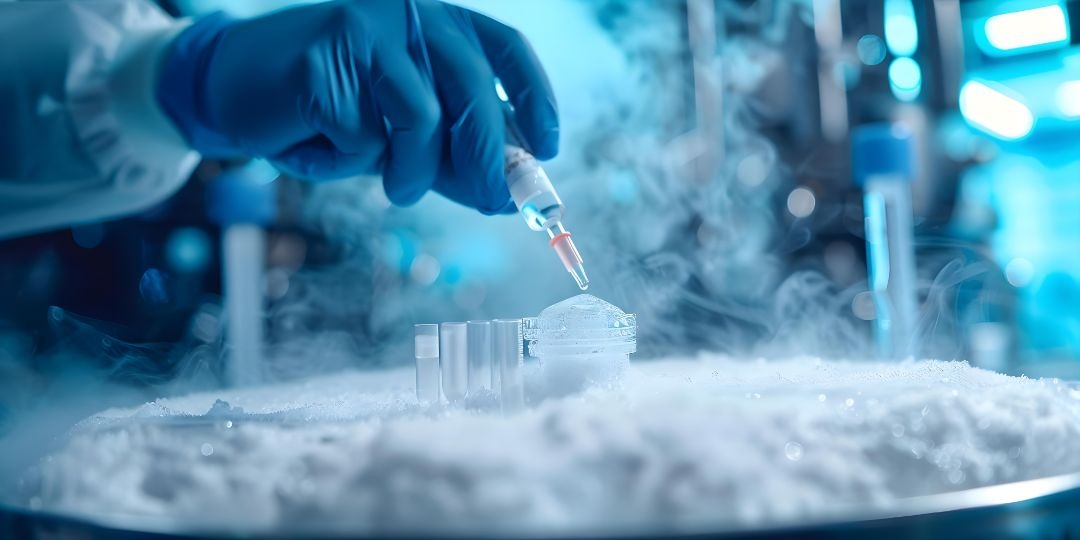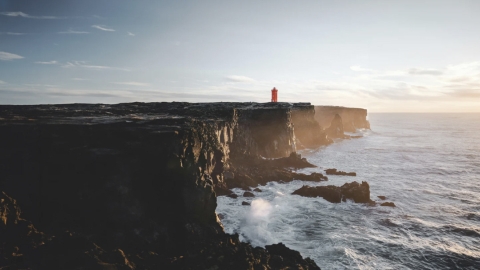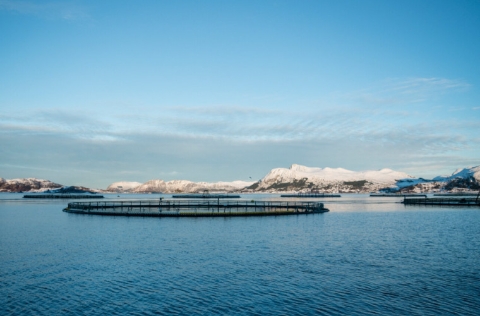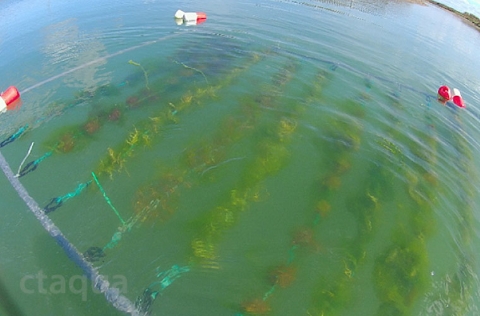
The cryopreservation of genetic material at ultra-low temperatures, typically using liquid nitrogen (-196ºC), is a critical tool in aquaculture for preserving sperm, embryos, and larvae. This approach ensures a consistent supply of reproductive material, contributing to the sustainability and genetic enhancement of stocks.
This cutting-edge technology, still under development, provides significant advantages over the reliance on active broodstock by enabling the creation of genetic repositories. These repositories safeguard valuable genetic lines, which can be reintroduced in the event of losses caused by disease, natural disasters, or climate change.
Cryopreserved larvae or embryos can be thawed and deployed as needed, ensuring steady production even during off-season or in regions where farming depends on specific environmental conditions.
Currently, this technique is used to preserve the sperm of Senegalense sole (Solea senegalensis), facilitating its use in assisted reproduction and genetic improvement programmes. This guarantees the availability of high-quality gametes throughout the year.
In the case of corals, protocols have also been developed for the preservation of Acropora palmata embryos, which are utilized in reef restoration initiatives.
For bivalve molluscs, such as the Pacific oyster (Magallana gigas) and the Manila clam (Ruditapes phillippinarum), germplasm banks have been established to preserve gametes and embryos, maintaining genetic diversity and supporting restocking efforts.
Vitrificaiton technology: A step toward future applications
Despite its considerable advantages and promising applications, cryopreservation in aquatic species still faces significant technical challenges. The cells and tissues of many species are highly sensitive to cold, and the high-water content in embryos and larvae increases the risk of ice crystal formation, which can damage vital cellular structures.
However, progress continues. One major advance in the use of vitrification, a rapid freezing process that prevents ice crystal formation. This is followed by laser warming, which help to overcome these limitations.
This technique has been successfully applied, showing promising results in species such as the Pacific white shrimp (Litopenaeus vannamei). Nevertheless, there is still a long way to go before fully effective cryopreservation in achieved for commercial use.
Looking ahead, it will be essential to develop more advanced and species-specific cryoprotective agents, as well as to optimize thawing protocols.
As research progresses, we can expect deeper integration of this technology into commercial aquaculture strategies.



